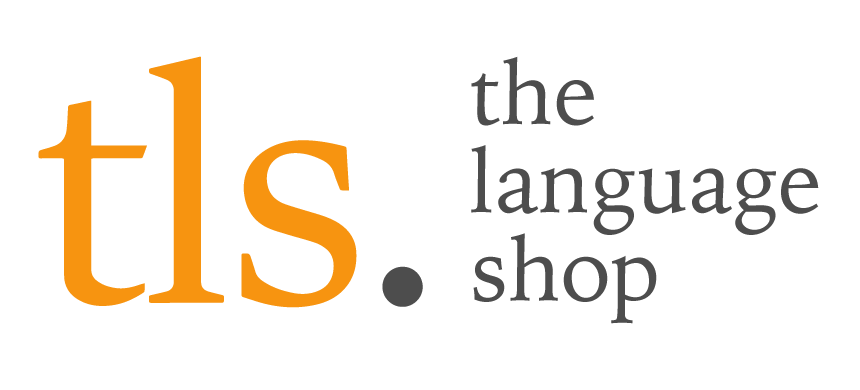Language fact file: Mandarin
Mandarin is spoken in: Mainland China, Taiwan and Singapore
Number of native speakers: 918 million
Learn some: In Mandarin, the standard way to ask ‘how are you?’ is ‘ni hao ma?’ (你好吗?) But a more colloquial and Chinese way to ask is ‘ni chi le ma?’ (你吃了吗?), which literally means ‘have you eaten?’ and shows the importance of food to Chinese culture!
Fast facts:
Mandarin is tonal, which means the way you express a sound (high, rising, dip and falling) affects its meaning. There are four tones, plus a neutral one, so for learners there is a lot of potential for (sometimes embarrassing) mistakes!
Mandarin has lots of different names, which have various meanings. One of these is Putonghua, which means ‘common tongue’. This is used to highlight the existence of the many other Chinese languages and dialects, besides the standard.
We have several expressions taken directly from the Mandarin, such as ‘long time no see’ and ‘no can do’. These show how succinct and concise the language is; expressing yourself in Mandarin takes far fewer words than in English!

